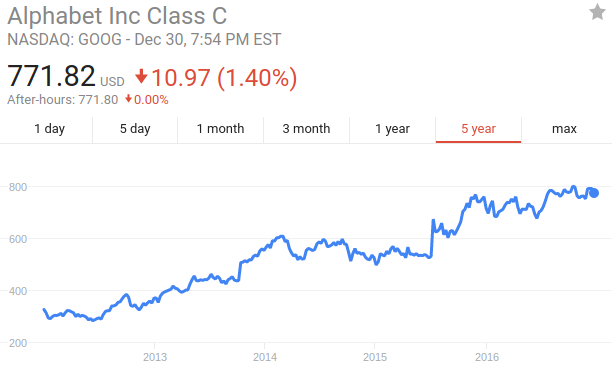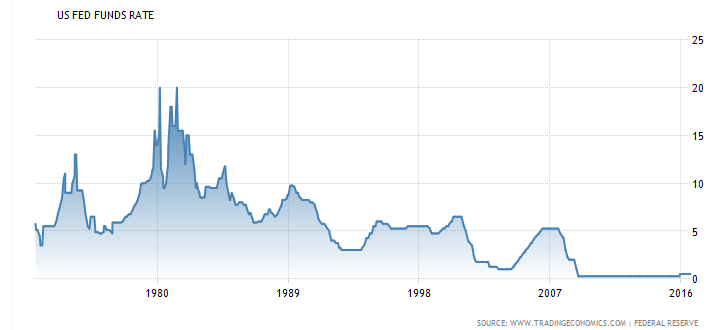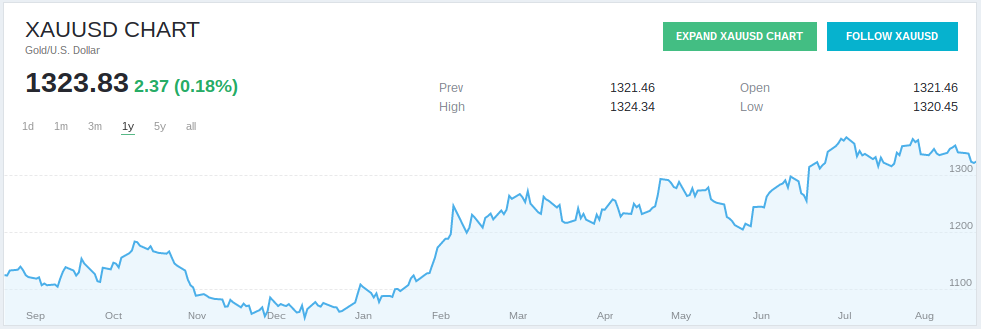KO: A Look at Coca-Cola Stock Ahead of Super Bowl
- Stock choices become increasingly difficult when S&P 500 is at record highs.
- Seasons like Christmas to not spell the end of buying activity for consumer products.
- Consumer surveys showing more bullish signs that you might think exist, when viewing valuations at Coca-Cola.
Stock markets have taken some turbulent turns over the last few months, as the post-summer doldrums have been anything but dull. The SPDR S&P 500 ETF (NYSEARCA: SPY) and the SPDR Dow Jones Industrial Average ETF (NYSEARCA: DIA) continue to press toward all-time records and generalized optimism has been the rising tide that has lifted all ships. Investors looking to establish positions in these assets can use the MetaTrader platform through an MT4 broker, as this is one of the most efficient means of accessing the market that is currently available.
Chart View: SPDR S&P 500 ETF (NYSEARCA: SPY)
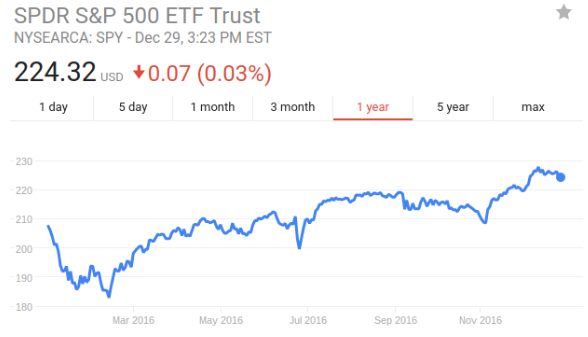
When we make our investment analysis in these central benchmarks, investors are most interested in finding opportunities that have been missed and one of the best examples of this can be found in The Coca-Cola Co. (NYSE: KO), as broader consumer spending levels should become evident within the company over the next few months.
While many investors are being distracted by the holiday cheer that typically accompanies the Christmas season, investors should be looking ahead to the next big consumer event. This, of course, can be found in the media juggernaut that is the NFL Super Bowl, which will take place on Sunday, February 5th.
Chart View: University of Michigan Consumer Survey
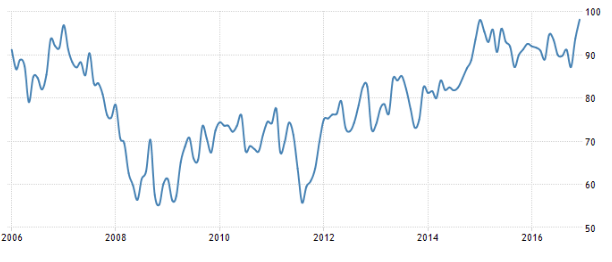
When we are assessing the market reaction to these types of events, it is important to understand the macro foundations that go into determining whether or not consumer spending is likely to change in material terms. One of the best ways of doing this is to assess activity in the University of Michigan Consumer Survey, which has now risen to 98.2 and the highest level in almost 15 years.
Now, the importance of these types of trends can be argued from multiple directions. But the reality is that we are seeing a material shift in the ways American consumers are likely to approach their everyday purchases. In pure searches on the internet, terms like NFL Playoffs and Super Bowl consistently come in near the top of the list and it is important to understand that this is more of a seasonal event that it is a one-time viewing opportunity for advertisers.
Chart View: Coca-Cola Co. (NYSE: KO)
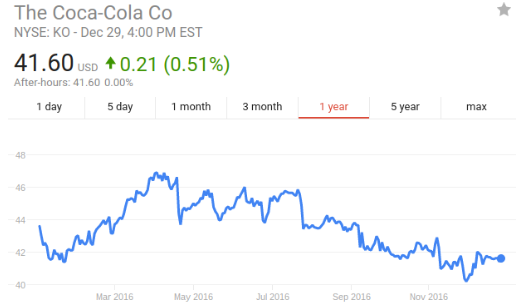
The company is commonly thought of as a perennial favorite of leading Berkshire Hathaway (NYSE: BKR.A) mind Warren Buffet, which in part is due to the KO’s handsome dividend yield (which currently stands at 3.36%). This is a massive yield given the fact that we are still in a low-interest rate environment and in a weak state as far as GDP production is concerned.
Stock Market Outlook
This means that investors are paid to wait for stock markets to realign themselves in ways that should favor consumer stocks like KO. On the broadest level, it should be remembered that stock choices become increasingly difficult when the S&P 500 is at record highs. In cases like this, it is essential to take a long-term view and identify the potential for growth before it happens.
Seasons like Christmas do not spell the end of buying activity for consumer products, as some of the biggest consumer audience events happen in the months that follow. All of this points to bullish signs that you might see when viewing valuations at KO, the stock could rally over the next few months.



